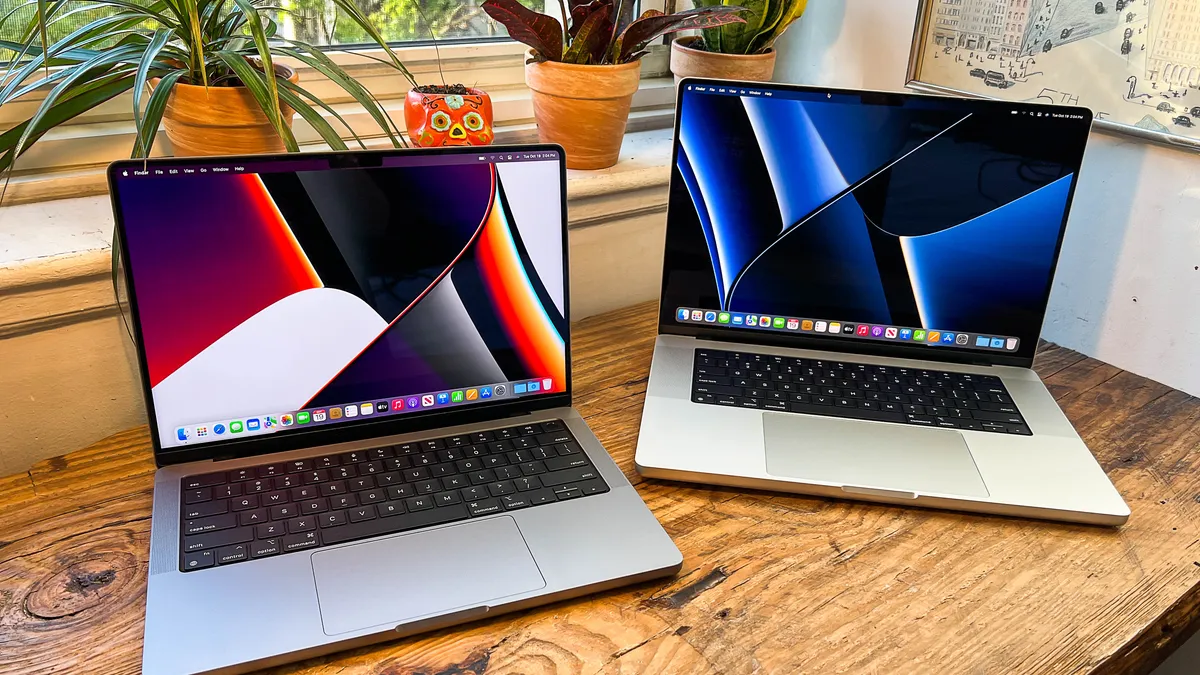Despite its reputation for being secure and virus-resistant, macOS can potentially become infected. Be cautious and ensure you’re not allowing unwanted Mac programs access to your computer. Reports on security concerns recommend caution against this, as it can lead to data or files being compromised.
At first, there is nothing to worry about. But your computer may get a virus if you’re using a Mac that isn’t running the latest macOS. This can be especially true for anyone with an Intel processor and not the latest security software. You must update your Apple device as soon as possible to use powerful native resources like Gatekeeper and XProtect.
XProtect, for example, works similarly to the Windows Defender software on PCs. You cannot launch it to scan files and detect infected apps; everything is done internally within the system. You must take protective measures to bolster the system’s security barriers.
In this guide, you will learn about computer viruses and how to protect yourself. You’ll also find out what a virus is, how to know if your Mac is infected, and measure you can take to keep your computer safe from viruses.
What are Mac Viruses and Malware?
Computers are always at risk for virus infections. The most common type is a virus, a malicious code that can invade the system and behave badly. Malware is a category that defines the type of system infection, which could include spyware, adware, ransomware, and other malicious software.
Just like a virus will affect the human body, computer code is also designed to replicate itself and spread across the computer. It’s not uncommon for an infected pen drive to contain malware that, when activated, spreads and infects all machines that are stuck on each machine. However, while Windows users face primary concerns with this malicious code, Macs must worry about apps containing viruses. When activated, they can also cause the same infection problems on Mac devices.
Let’s say you have a Mac and download an app from the App Store or some other store. Apple says this is a fairly routine way to spread malware. So how can you avoid it? Just download software from trusted sources and install them yourself. We’ll dive deep into this topic in the next topic.
How to know if Mac is infected?
If you’re noticing a lot of strange behavior with your Mac, it’s time to be worried. Slowdowns and bugs can indicate the presence of malware, and unusual pop-up messages are an obvious sign that something may not be right. If you’re experiencing these issues, the computer is likely infected, and your private data could be exposed.
Other symptoms of a Mac infection include ads popping up on the screen, websites opening to random content, and banners jumping onto the screen trying to get you to install a supposed plugin. It’s important to remove Mac infections as soon as possible.
How to remove malware from Mac?
The first step is to do some research on your own. If you’re concerned that your computer has an infection, don’t search Google for a solution. The results will likely point you towards malicious software and install more dangerous code on your Mac.
There are plenty of cleaners that you can find on the App Store that will do the job for you. This environment is safe and pest-free, so it is very easy to develop applications for it. Simply search for an app with a good reputation that will meet your needs.
If you’re still having a problem with the malware, you’ll need to do a Time Machine backup or reformat your Mac. These two methods should fix the problem for good.
How to protect yourself from malware?
As a Mac user, you’ll likely know the differences between desktop computers and tablets. One such difference is that you can’t just use apps downloaded from the App Store on your Mac. Many possible internet options are available to you, so each computer setup will be different. However, it’s not recommended to install any app blindly since there are risks involved in downloading anything from the internet.
To ensure you’re downloading trusted apps, we recommend looking for them from reliable sources like Google Chrome from the Google website or apps from the Adobe suite (Photoshop, Illustrator, etc.) from Creative Cloud. Downloading “cracked” apps and encouraging piracy and being illegal is a tremendous risk.
Other very useful tips to protect your Mac are:
- Clear your internet browser cache periodically.
- Avoid installing any Flash or Java files.
- Keep your Mac up to date.
- Backup by Time Machine regularly.
- Use secure Wi-Fi networks.
- Enable Mac’s “Firewall” and “FileVault” in the security settings of the “System Preferences” app.
- Check the apps that can access your data under “Privacy” in the “System Preferences” app.
Following these tips will keep your Mac computer well-protected and away from malware and other possible viruses.





